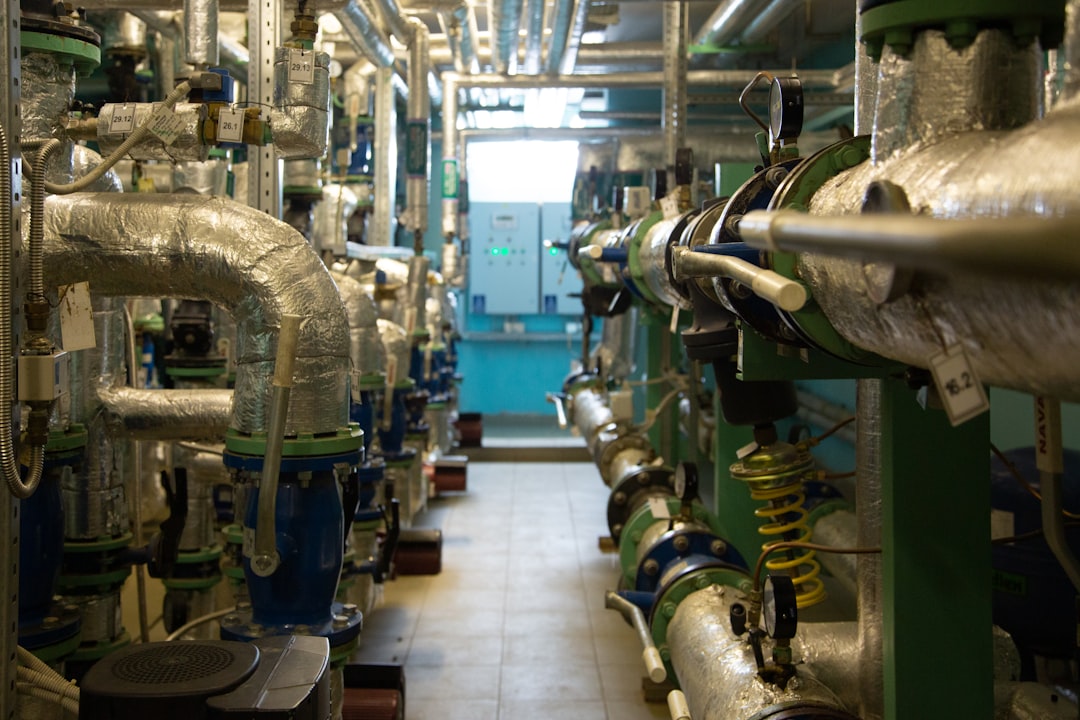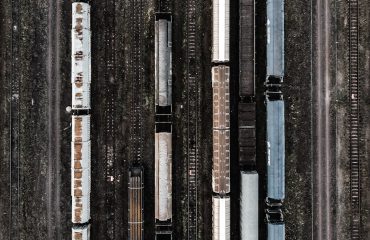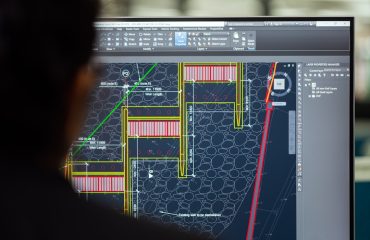Industrial pipes are the unsung heroes of manufacturing. These seemingly simple components form the crucial circulatory system of any factory, transporting vital fluids, gases, and slurries that keep production lines running smoothly. Choosing the right pipes is not just about cost; it’s about ensuring safety, efficiency, and the longevity of your operations. This comprehensive guide will help you navigate the complexities of industrial pipe selection for your manufacturing facility.
Understanding Material Selection: The Heart of Durability
The material of your industrial pipes dictates their lifespan, resistance to corrosion, pressure tolerance, and overall suitability for your specific application. Common materials include:
- Carbon Steel: A workhorse material offering excellent strength and affordability. Suitable for high-pressure applications but susceptible to corrosion, requiring protective coatings or galvanization in many environments.
- Stainless Steel: Highly resistant to corrosion and degradation, making it ideal for handling chemicals, acidic substances, and high-purity fluids. More expensive than carbon steel but offers superior longevity.
- Cast Iron: Durable and resistant to internal pressure, often used in wastewater and drainage systems. However, it’s brittle and susceptible to cracking under stress.
- Copper: Excellent corrosion resistance and thermal conductivity, making it suitable for applications requiring heat transfer or handling potable water. However, it’s relatively soft and can be prone to deformation under high pressure.
- PVC (Polyvinyl Chloride): A lightweight and cost-effective option for low-pressure applications handling non-corrosive fluids. Not suitable for high temperatures or high pressures.
- CPVC (Chlorinated Polyvinyl Chloride): Offers higher temperature and pressure resistance than PVC, expanding its application range.
The selection process should involve a careful assessment of the transported medium, operating temperature and pressure, and the surrounding environment to ensure optimal material choice.
Pipe Diameter and Flow Rate: Optimizing Your System’s Efficiency
The diameter of your pipes directly impacts the flow rate of the transported medium. Choosing the incorrect diameter can lead to bottlenecks, reduced efficiency, and increased energy consumption. Hydraulic calculations are essential to determine the optimal pipe diameter for your specific application, considering factors such as fluid viscosity, desired flow rate, and allowable pressure drop.
Using oversized pipes might seem like a solution to avoid bottlenecks, but it leads to unnecessary material costs and increased system inertia. Conversely, undersized pipes can restrict flow, leading to increased pressure drops, pump wear, and potential system failures. A well-designed piping system balances flow rate, pressure, and cost-effectiveness.
Safety Regulations and Compliance: Protecting Your Workforce and Environment
Industrial pipe systems are subject to stringent safety regulations to prevent leaks, explosions, and other hazards. Compliance is crucial not only to avoid penalties but also to ensure the safety of your workforce and the environment. Regulations vary by location and industry, but common considerations include:
- Pressure testing: Regular testing to verify the integrity of the pipe system and identify potential weaknesses.
- Corrosion protection: Implementing measures to prevent corrosion and extend the lifespan of the pipes.
- Leak detection systems: Implementing systems to quickly identify and address leaks, minimizing environmental impact and safety risks.
- Proper installation and maintenance: Adhering to industry best practices for installation and regular maintenance to ensure the system’s integrity.
- Emergency shutdown procedures: Establishing clear procedures for shutting down the system in case of emergencies.
Staying informed about relevant regulations and standards is paramount to ensuring a safe and compliant industrial piping system.
Connecting the Dots: Fittings and Valves for Seamless Integration
Pipes alone don’t form a functional system; they require a network of fittings and valves for direction, control, and connection. Choosing the right fittings and valves is crucial for system integrity and performance. Common fittings include elbows, tees, reducers, and flanges, each designed for specific purposes and connections. Valves, such as gate valves, globe valves, ball valves, and check valves, control the flow of fluids and provide isolation capabilities.
Material compatibility between pipes and fittings is critical. Using dissimilar materials can lead to galvanic corrosion, compromising the system’s longevity. Careful consideration of pressure ratings and temperature limits for fittings and valves is also essential to ensure safe and reliable operation.
Long-Term Maintenance and Cost Considerations: A Holistic Approach
The initial cost of industrial pipes is only one aspect of the overall investment. Long-term maintenance, repair, and potential replacement costs must be factored in. Regular inspections, preventative maintenance, and a proactive approach to addressing potential issues can significantly extend the lifespan of your piping system and minimize costly downtime. Choosing durable materials and employing proper installation techniques from the outset contributes significantly to reducing long-term maintenance expenses.
Furthermore, consider the environmental impact of your choices. Choosing sustainable materials and implementing efficient system designs can contribute to a greener manufacturing process.
Selecting the right industrial pipes for your manufacturing facility is a critical decision with far-reaching implications. By carefully considering material selection, flow rate optimization, safety regulations, fitting and valve compatibility, and long-term maintenance, you can ensure a robust, efficient, and safe piping system that supports your operations for years to come.
Tags: industrial pipes, manufacturing pipes, pipe selection, industrial piping systems, pipe materials




